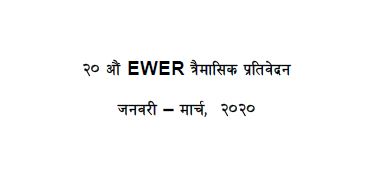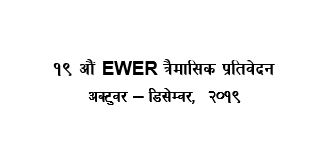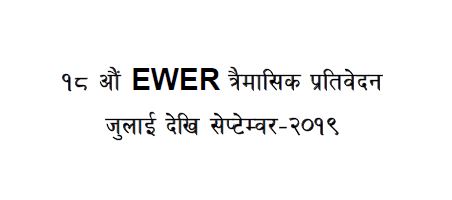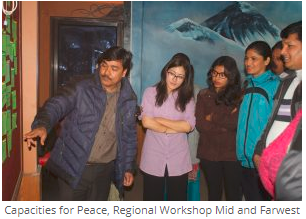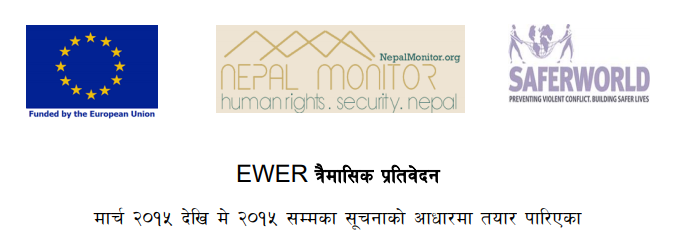Incident Reports
Who will deal with ‘disappearances’ registered as ‘death’ cases?- Lekhnath Pandey's Oped on Transitional Justice
2017-05-22
Nepal
It is undecided who — the Truth and Reconciliation Commission or the Commission of Investigation of Enforced Disappeared Persons will deal with 150 insurgency-era ‘disappearance’ cases .
Family members of at least 150 disappeared persons, including 66 from Rukum District alone, have registered complaints with CIEDP, seeking investigation of the whereabouts of their kin, according to Bishnu Pathak, spokesperson of CIEDP.
CIEDP, however, is undecided on starting inquiry as these people are enlisted as ‘dead’ in office records.
“We are undecided whether these cased should be investigated by TRC or CIEDP?” Pathak said. “The CIEDP and TRC Act has no provision stating who will handle such tricky issue.”
According to Pathak, the victims in their complaints have stated they had registered at the local registrar’s office that these people died during the Maoist insurgency with the hope of getting financial relief worth Rs 500,000 from the government. But their relatives, in fact, were made to disappear and their whereabouts were still unknown.
The government had decided to provide Rs 500,000 as ex-gratia relief to the families or dependents of those who died during the insurgency— which ended after the Maoists joining mainstream politics in November 2006.
To recieve financial relief, the victims’ families had lodged complaints at their respective local registrar’s offices that their relatives had died in the course of the rebellion and thus acquired their ‘death certificates’.
Later on, the government offered the same amount of financial help to the families of victims of enforced disappearance during the Maoist insurgency, too.
The Local Peace Committee of Rukum also confirmed all these 66 complaints were related to enforced disappearances, mostly from the state’s side, and needed to be investigated through the CIEDP.
However, it’s not easy to consider them legally as ‘disappeared’ ones as they have already been registered as ‘dead’.
Pathak said even the Council of Ministers couldn’t change the status of those who were already registered as ‘dead’ people into ‘disappeared’ ones, no matter what truth existed. “Now, only the court can call them ‘disappeared ones’,” he argued.
The TRC was set up to deal with all conflict-era rights violations cases, excluding enforced disappearance cases. A TRC official told this daily that the law doesn’t allow TRC to handle such cases.
In an attempt to resolve the tricky issue, CIEDP office bearers recently held discussion with Attorney General Raman Kumar Shrestha, but fell short of suggesting a way out.
Talking to The Himalayan Times, the Attorney General said that it was a complicated issue and that the proposed amendment bill of the CIEDP and TRC Act had only partially mentioned which body to would handle such cases and how.
The amendment bill, however, is yet to be tabled in the Parliament for approval, despite repeated calls from the Truth and Reconciliation Commission, Commission of Investiagation of Enforced Disappered Persons and human rights defenders.
National/Online Media
Related Reports
Transitional Justice / Conflict Victims / Kathmandu
Demonstration staged demanding to rectify TRC bill
August 04, 2023
Transitional Justice / Conflict Victims / Kathmandu
Police detain protesting armed conflict survivors in Kathmandu
April 18, 2023
Transitional Justice / Conflict Victims / Kathmandu
Conflict victims, police clash at New Baneshwar
April 18, 2023
Transitional Justice / Conflict Victims / Kaski
Conflict victims stage sit-in in Kaski demanding to make transitional justice bill victim friendly
March 31, 2023
Transitional Justice / Conflict Victims / Kathmandu
Conflict victims stage demonstration in Kathmandu demanding honorable justice
August 15, 2022
